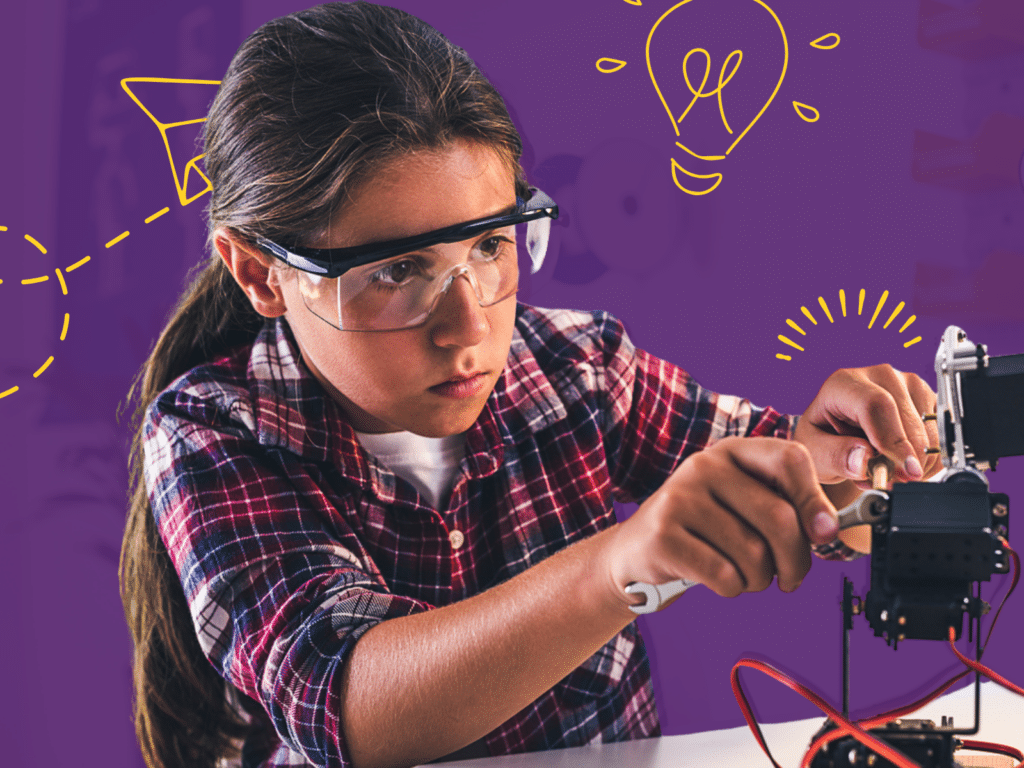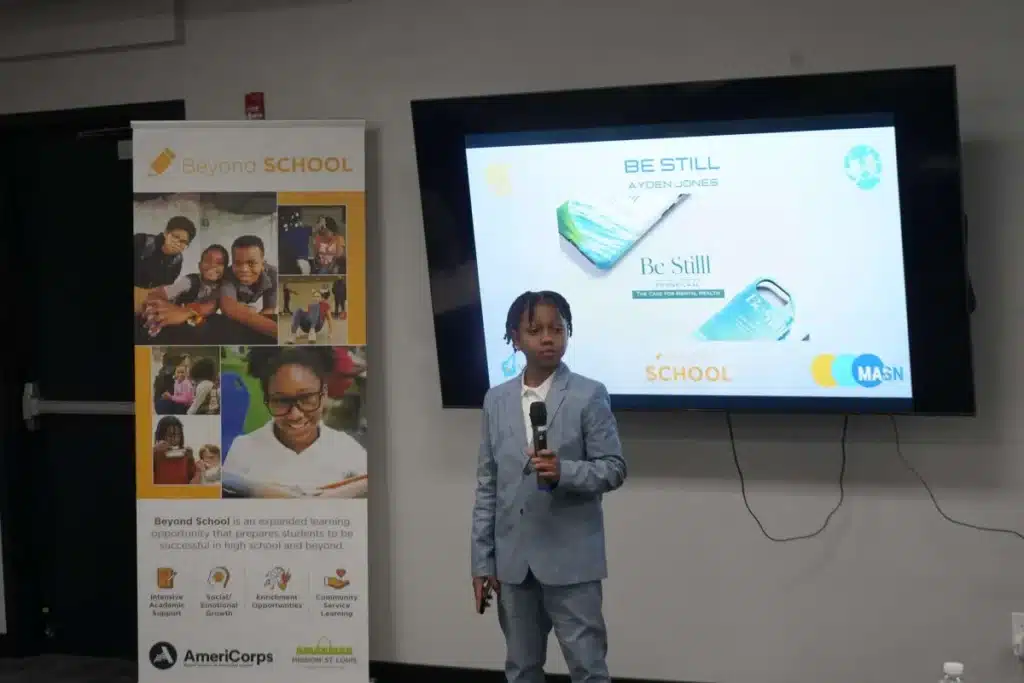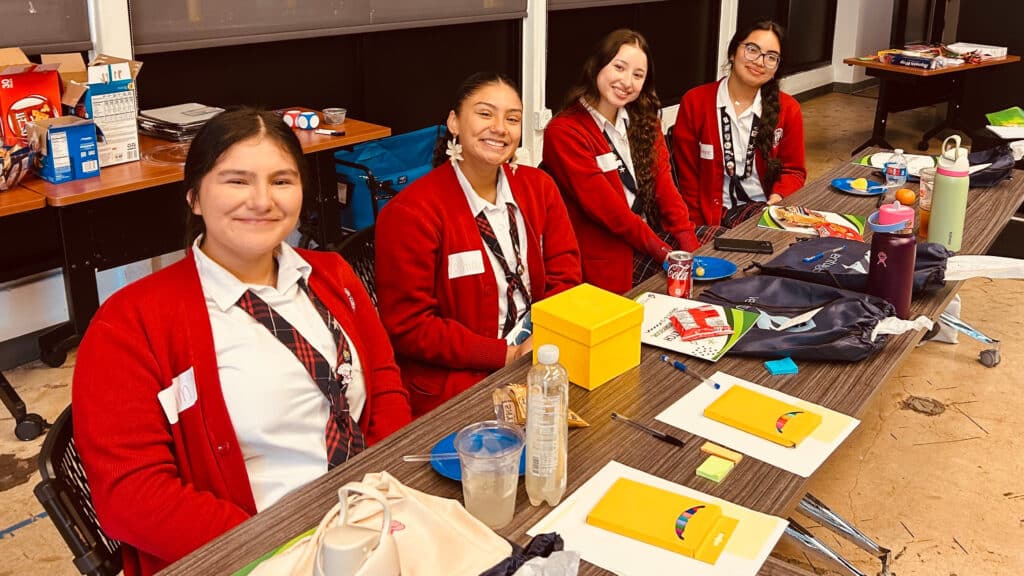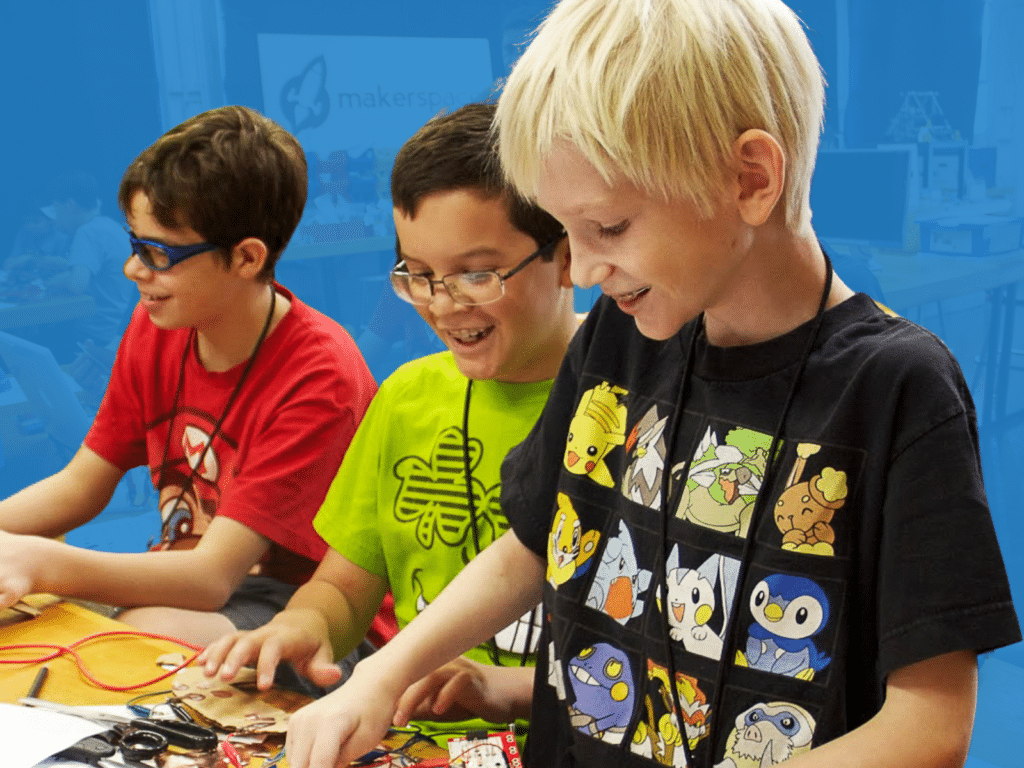At VentureLab, we’ve taught entrepreneurial concepts to hundreds of girls—and boys.
We walk them through the process of identifying needs, creating solutions, and taking calculated risks. We ask them again and again, “What if…?” We urge them to make connections between their passions and the topics we teach them—to break down mental silos. We encourage kids to stretch their imaginations, to allow room for their gut feelings and intuitions as well as logic and science. We elevate brainstorming and observation from pastimes to powerful skills of a future entrepreneur. Kids learn to look around their worlds and notice problems, snags, or everyday processes that could go better.
This characteristic is “find the gap,” as Amy Wilkinson writes in her noted book, The Creator’s Code: The Six Essential Skills of Extraordinary Entrepreneurs. She discovered this trait as one of the key characteristics among the 200 entrepreneurs she interviewed for her work.
We encourage brainstorming about solutions and zeroing in on promising ideas. Our students learn to design and create a prototype, even one that’s only drawn on paper. They learn to conduct research by asking friends and family their thoughts on the prototype. They follow through with their best solutions—and think about pricing, promotion and distribution. They present and sell their solutions to an audience, usually of friends and parents.
Virtually every product and service our VentureKids imagines involves science, technology, engineering, math, and design. As a result, they are more likely to eventually step into STEAM fields. And by infusing our hands-on programs with arts and design (as STEM has shifted to STEAM) that touch on ergonomics, aesthetics, humanity, and simplicity, more girls become interested in these fields.
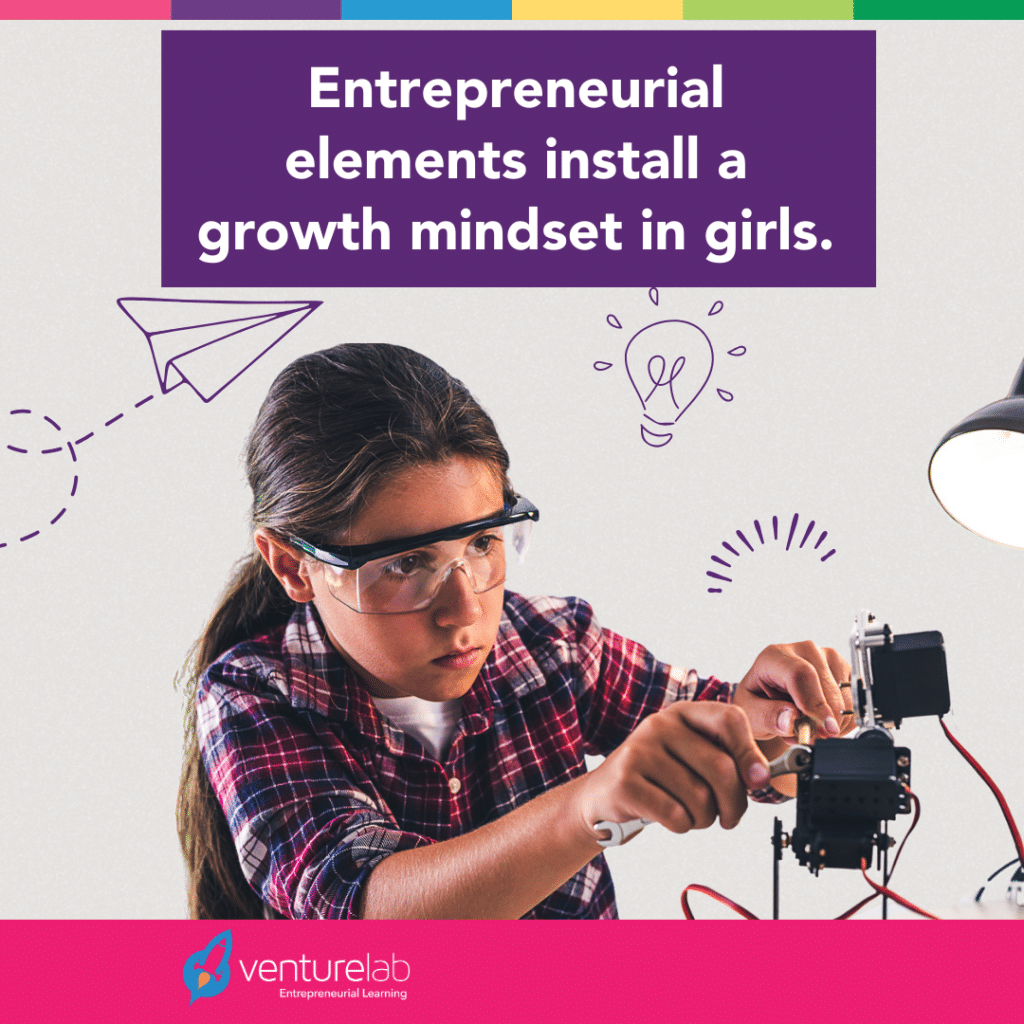
Building confidence is also key to supporting ESTEAM learning. Our curriculum is built to instill a growth mindset in kids—especially girls—reaffirming that their brain can grow and they can learn new things.
- Imagine the spark in a girl’s eye when she realizes she is free to imagine creative ways to solve problems. Our lessons boost curiosity and creativity while providing the instructor with tips for helping students turn big ideas into actionable projects.
- What is a typical response to failure? Giving up, right? Learning from failure is built into entrepreneurship. Girls who have been conditioned to strive for perfection find themselves experimenting, failing and learning. With a VentureLab course, a girl will fail, or fail with her team, several times. But she will also learn to persevere through challenges and take calculated risks in a safe environment. (And don’t worry, we help you create this environment!)
- Who are girls’ role models? …Ariel? …Cinderella? For girls, imagining herself in various roles is a powerful tool for success. From engineering student, computer scientist, cancer researcher, civil engineer, genetic scientist, computer game designer, technology inventor, there are so many possibilities aside from the princesses they see. And ESTEAM education with exposure to relatable role-models is an unmeasurable
- For many girls, applying what they learn to help people and the planet inspires them to pursue difficult subjects as a way to make a difference. Brain studies suggest that this inclination is wired in girls. For many students, working on real world problems stimulates a deeper interest in learning. That’s why we’ve infused opportunities for addressing real-life challenges throughout our curriculum.
The fields of ESTEAM (Science, Sechnology, Engineering, Arts and Mathematics, with Entrepreneurship) are more enticing when they are made meaningful through social entrepreneurship, applying learning to real-world problems. And when girls learn entrepreneurial skills, something magical happens. Their math skills sharpen. Their curiosity is piqued. They gain confidence in themselves. And some among them will become empowered and prepared to start the companies of the future while others will take that creativity and innovate in all sorts of careers.
Consider this recent statement by three-time Pulitzer Prize winning journalist Thomas Friedman: “If I were given a blank sheet of paper and told to write down America’s three greatest sources of strength, they would be ‘a culture of entrepreneurship,’ ‘an ethic of pluralism’ and the ‘quality of our governing institutions.’”
Equipped with a growth mindset, our kids will be the leaders that will support nation’s future standing in the world.
Have you experienced or seen the stirrings of entrepreneurship in the kids in your life? How has this played out? Thank you for sharing!
Originally published 11/28/2017. Updated on 6/13/2024

